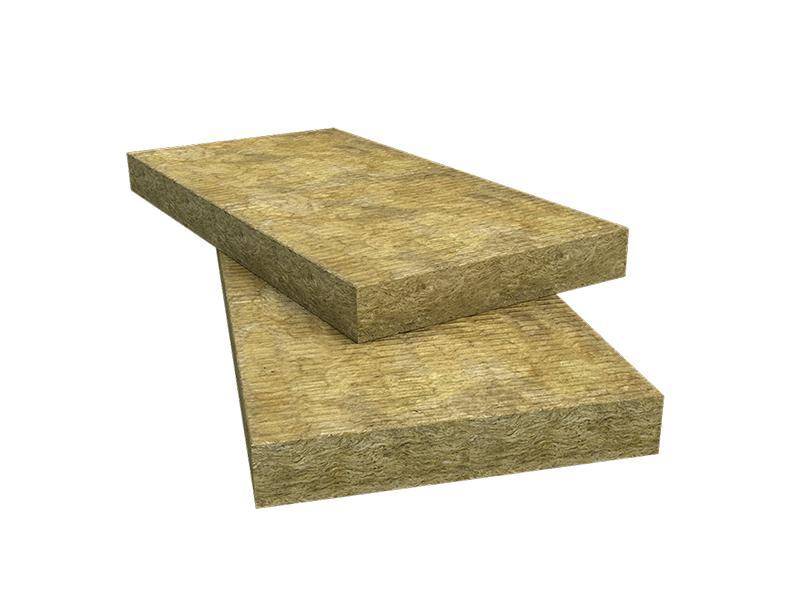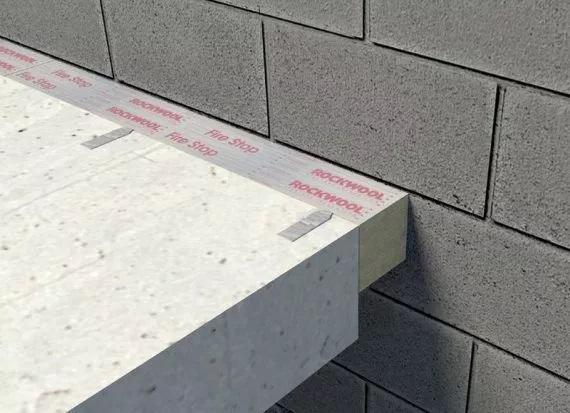Do you Know Which is the Best Insulation for Your Home?
The most well-known insulation materials, including fibreglass, Rockwool, or cellulose, are the most suitable options in your house. Yes, these materials have been around for quite a time, which means they’ve been around long enough to gain notoriety.
But, there’s a brand new product on the block – the injection foam 100mm Rwa45. It’s earning praise and will remain a major component of renovation and new construction jobs too.
What is Injection Foam Insulation?
Here’s the Most Complicated Version of What the Injection Foam Insulation is
Produced using phenolic-based methylene linked synthetic polymer. The aqueous solution as well as the foaming catalyst is radioed in conjunction using compressed air. The result is a substance with a consistency similar to shaving cream, and is put into walls, and then hardens.
Here’s the Basic Version
The peculiar structure of this Rockwool 100mm slab enables it to be put into walls in the liquid state. When it moves through the wall studs it passes through electrical and plumbing wires.
In about a minute, by allowing the foam to cover each square inch – the substance will begin to set. It then forms an airtight insulation layer.
What’s the Deal?
Injection foam insulation is an important thing. Look at how it compares after it’s put in.
Better Insulation Properties
As compared to cellulose and fibreglass, and Siniat weather defence foam is up to 35 percent better on insulation values.
Lower Cost of Utilities
Since insulation made of injection foam has an R-value that is high, it will keep cool and heated air inside , and help bring costs for energy in the process.
More Ease of Use
If your home is able to benefit from the cooling and heating of your home (and reduced energy consumption) and you’ll experience the difference in terms of the level of comfort you enjoy.
Less Noise
Are you irritated by noise from the street? Are you able to hear the sound of your neighbour’s AC? There’s no need to worry about noise when your walls are lined by soundproofing insulation made of injection foam.
Improvement in Indoor Air Quality
Because the injection foam sets the home will not be exposed to the chemically treated fibres floating in the air, or the clumps of insulation that are released.
Complete Installation
If you’ve ever wonder how contractors can install insulation into walls, don’t worry! The most effective companies use an efficient procedure that doesn’t need to tear down walls. They leave very little evidence that the work was actually completed.
High-End Quality Fire Ratings and Smoke Rating
The Rockwool Rwa45 100mm wickes gets high marks for its insulation capabilities However; it is also able to reduce spreading of flames. Find a product which is a Class 1 rate material and doesn’t release hazardous glasses when expose to flames or hot temperatures, or retains this rating for the duration of its lifespan.
The most effective quality insulation to your house is one that exceeds your standards for a comfortable, energy efficient home.

Image Source: Galaxy insulation UK
Are You Rigging Money With Your Insulation?
After the installation of a protection layer, the temperature dropped to just 105 degrees. The insulation was remove to prevent the valve’s bonnet from losing 500 BTUs every hour, resulting in a reduction of approximately $450 annually. That’s only one valve!
Selecting the Best Kind of Insulation
There’s no universal answer in the field of Industrial pipe insulation. The conventional or hard pipe insulation works well for mechanical parts which don’t need regular maintenance or inspections like fittings and pipes with smaller diameters.
However it is suitable for steam traps, valves and steam piping with large diameters which typically require removal of insulation in order to perform regular maintenance.
When Should You Use Insulation Made of Hard Materials?
Hard insulation, which is made up of various materials like the calcium silicate, fibreglass, or mineral wool is typically employ to insulate mechanical parts, including fittings, pipes and valves. However, as we’ve see in the earlier example it’s not always the most effective choice for the job.
Pipe insulation that is conventional can be foun either with an exterior or a cover generally up of foil or paper backing. In some instances, these materials are back with a metal or PVC jacket. It is recommend to use hard insulation in the following applications:
- pipes and fittings with small diameters
- mechanical components that don’t require regular maintenance or inspection
When to Avoid Using Hard Insulation
As mentioned above, traditional insulation is not suitable for mechanical parts that require regular maintenance, for example, steam traps, valves, flanges or huge diameter steam pipes. These parts are seldom (or typically only briefly) covered with insulation.
In most cases, valves are at first cover with insulation. But, as time passes, maintenance workers remove the insulation to conduct inspections or maintenance. It’s not unusual for the insulation to be on the floor, and for the steam trap or valve to not be reinsulate.
The temperature of the surface of these components that are not insulate could range between a few hundred degrees to hundreds of degrees. In certain cases, room temperatures have surpass 120 degrees, and a large quantity of power is lost.
Removable Insulation Pads
In the event that valves, flanges or steam traps need to be inspect regularly, it is advantageous to have insulation that is able to be remove and replace. The insulation pads that are removable are ideal for this purpose.
The pads that are removable consist of silicone impregnate fabric and needle fiberglass insulation. They also include Kevlar thread Velcro with snaps that are well-place and secure.
The pad can be remove to allow maintenance personnel to enter an area for mechanical work, remove the insulation, check or repair the mechanical part and quickly reinstall it. This helps prevent further loss of heat and helps create a safer working space.
The Most Common Areas in Which Removable Insulation Pads Can be Used Include
- Valves
- Steam Traps
- Flanges
As with the valves, they are a common chance to conserve money and energy by removing insulation.
Steam Traps
Steam traps are rarely protect due to how much maintenance they need. There are no rigid insulation products to protect steam traps. Because they’re typically cover, a significant quantity of heat loss takes place. In the case of a steam trap removal of insulation pads is the only option.
Flanges
Flanges are typically not insulate. The conventional insulation is design to be affix to the flanges leaving the flange expose. This results in substantial loss of heat. This is another reason why the use of removable insulation is ideal.
Conventional insulation serves a vital function, for example, insulation of mechanical parts which do not require routine inspection. However, it is not the most effective option for mechanical parts that require regular maintenance.
The reusable and removable insulation pad is the most suitable alternative for maintenance personnel, offering an easy method to take off and then reinstall the insulation.

Image Source: Galaxy insulation UK
The Insulation R Value Guidelines
The protection of your insulation in your home and keeping your R value up is crucial for reducing costs for utilities. Water is among the most important issues in the area of R value and home rockwool fire insulation.
When any kind of moisture is introduce into the insulation of your home this can lower its R-value. The moisture can weigh down the insulation and in the process, it causes gaps or areas.
When you’re insulating your basement wall with the R value that is R-12, you may not be as expensive to install two layers of insulation that have the R6 R value rather than 3R-4 R value-rated 100mm Rockwool Rwa45 for your home. Even if the insulation in your home is most expensive does not mean it’s the finest.
Another suggestion for insulation in your home is to purchase your insulation by its R value and not on its thickness or weight. If you’re installing fibreglass insulation on your own, be aware that fibreglass is compose of glass strings.
Read: Microsoft Dynamics 365 Project Operation – The Overview
Pranay, a coding maestro weaving magic with Dot Net, Angular. With 4+ years in web development, he specialize in crafting seamless solutions. Beyond coding, Pranay is a wordsmith, passionate about sharing insights through guest posts. Whether crafting code or narratives, he bring creativity and precision to every project. Connect to explore his coding journey and delve into the world where tech meets storytelling .
